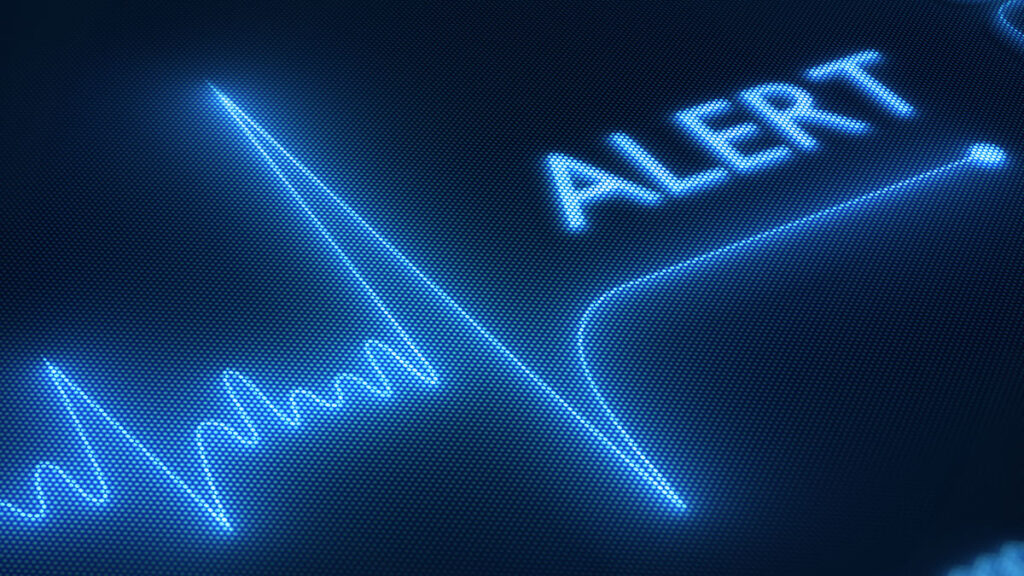Discover how remote monitoring for cardiac devices is transforming heart care, offering real-time insights while addressing key challenges.
In the ever-evolving field of cardiology, remote monitoring for cardiac devices has emerged as a game-changer. From pacemakers to implantable cardioverter-defibrillators (ICDs), this technology allows healthcare providers to track patients’ heart health in real time, without the need for frequent in-person visits. While the benefits are substantial, challenges such as data overload and patient accessibility remain. This article explores the advantages, limitations, and future potential of remote monitoring in cardiac care.
What Is Remote Monitoring for Cardiac Devices?
Remote monitoring involves the use of wireless technology to transmit data from cardiac devices to healthcare providers. These devices, which include pacemakers, ICDs, and cardiac resynchronization therapy (CRT) devices, collect critical information such as heart rate, rhythm abnormalities, and device performance. The data is sent securely to a monitoring center, where it is reviewed by specialists like electrophysiologists.
This technology enables early detection of potential issues, such as arrhythmias or device malfunctions, often before symptoms arise. For patients, it means fewer trips to the clinic while maintaining a high level of care.
Benefits of Remote Monitoring
Remote monitoring offers numerous advantages for both patients and healthcare providers:
- Early Detection of Problems: By continuously tracking heart activity, remote monitoring can identify irregularities like atrial fibrillation or ventricular tachycardia early, allowing for timely intervention.
- Improved Patient Outcomes: Studies suggest that remote monitoring may reduce hospitalizations and improve survival rates by enabling proactive care.
- Convenience for Patients: Patients, especially those in rural or underserved areas, benefit from reduced travel and fewer clinic visits.
- Efficient Use of Healthcare Resources: Clinicians can prioritize patients who need immediate attention, optimizing their workflow and reducing unnecessary appointments.
Challenges and Limitations
Despite its promise, remote monitoring is not without challenges:
- Data Overload: The sheer volume of data generated can be overwhelming for healthcare providers, requiring efficient systems to filter and prioritize alerts.
- Patient Accessibility: Not all patients have access to the necessary technology or internet connectivity, potentially creating disparities in care.
- Privacy Concerns: Transmitting sensitive health data raises questions about cybersecurity and patient confidentiality.
- Device Compatibility: Older cardiac devices may not support remote monitoring, limiting its use for some patients.
Patient Setup and Services Provided by Device Companies
For remote monitoring to work effectively, proper patient setup and ongoing support are crucial. Device companies play a significant role in ensuring that patients and healthcare providers can seamlessly integrate this technology into their care routines.
When a patient is prescribed a remote monitoring system, the device company typically provides a starter kit, which includes a transmitter and instructions for setup. The transmitter is often a small, user-friendly device that connects to the patient’s cardiac implant and sends data to the monitoring center. Many companies offer step-by-step guidance, either through instructional videos, phone support, or in-person training, to help patients set up the system correctly.
In addition to setup assistance, device companies provide ongoing services to ensure the system functions as intended. These services may include:
- Technical Support: Dedicated helplines to troubleshoot issues with the transmitter or connectivity.
- Regular Updates: Software updates to improve device performance and security.
- Patient Education: Resources to help patients understand how to use the system and interpret alerts related to its performance.
- Clinician Training: Support for healthcare providers to integrate remote monitoring data into their practice effectively.
By offering these services, device companies aim to minimize technical barriers and ensure that both patients and clinicians can fully benefit from remote monitoring. However, patients should always consult their healthcare provider first if they encounter issues or have questions about their device.
The Future of Remote Monitoring
As technology advances, the potential for remote monitoring continues to grow. Innovations like artificial intelligence (AI) and machine learning may help streamline data analysis, making it easier for clinicians to identify critical issues. Additionally, integrating remote monitoring with wearable devices, such as smartwatches, could provide a more comprehensive picture of a patient’s heart health.
However, widespread adoption will require addressing current limitations, such as improving access to technology and ensuring robust cybersecurity measures. Collaboration between device manufacturers, healthcare providers, and policymakers will be key to realizing the full potential of this technology.
Conclusion
Remote monitoring for cardiac devices represents a significant leap forward in heart care, offering real-time insights and improving patient outcomes. While challenges like data management and accessibility remain, ongoing advancements in technology and healthcare infrastructure hold promise for overcoming these barriers. If you’re considering remote monitoring for your cardiac device, consult with a specialist like Dr. Adam Budzikowski to determine if it’s the right option for your individual needs.
A Riley Publication
Medically Reviewed By: Adam Budzikowski, MD, PhD
